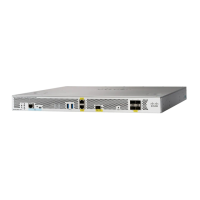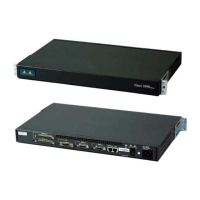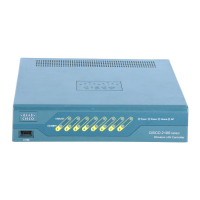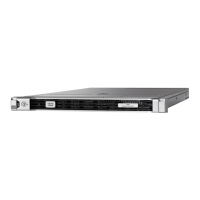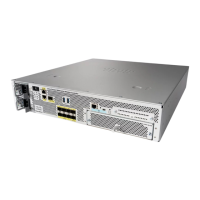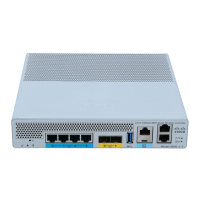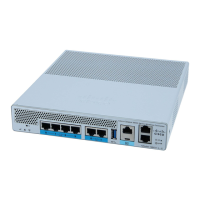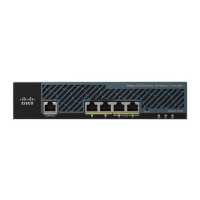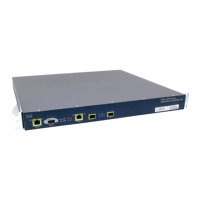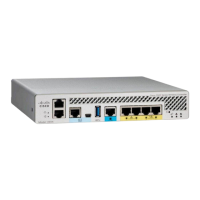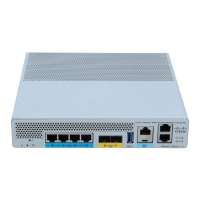D-10
Cisco Wireless LAN Controller Configuration Guide
OL-17037-01
Appendix D Troubleshooting
Configuring System and Message Logging
Using the CLI to Configure System and Message Logging
Using the CLI, follow these steps to configure system and message logging.
Step 1 To enable system logging and set the IP address of the syslog server to which to send the syslog
messages, enter this command:
config logging syslog host server_IP_address
You can add up to three syslog servers to the controller.
Note To remove a syslog server from the controller, enter this command:
config logging syslog host server_IP_address delete
Step 2 To set the severity level for filtering syslog messages to the syslog server, enter this command:
config logging syslog level severity_level
where severity_level is one of the following:
• emergencies = Severity level 0
• alerts = Severity level 1
• critical = Severity level 2
• errors = Severity level 3
• warnings = Severity level 4
• notifications = Severity level 5
• informational = Severity level 6
• debugging = Severity level 7
Note As an alternative, you can enter a number from 0 through 7 for the severity_level parameter.
Note If you set a syslog level, only those messages whose severity is equal to or less than that level
are sent to the syslog server. For example, if you set the syslog level to Warnings (severity level
4), only those messages whose severity is between 0 and 4 are sent to the syslog server.
Step 3 To set the facility for outgoing syslog messages to the syslog server, enter this command:
config logging syslog facility facility_code
where facility_code is one of the following:
• authorization = Authorization system. Facility level = 4.
• auth-private = Authorization system (private). Facility level = 10.
• cron = Cron/at facility. Facility level = 9.
• daemon = System daemons. Facility level = 3.
• ftp = FTP daemon. Facility level = 11.
• kern = Kernel. Facility level = 0.
• local0 = Local use. Facility level = 16.

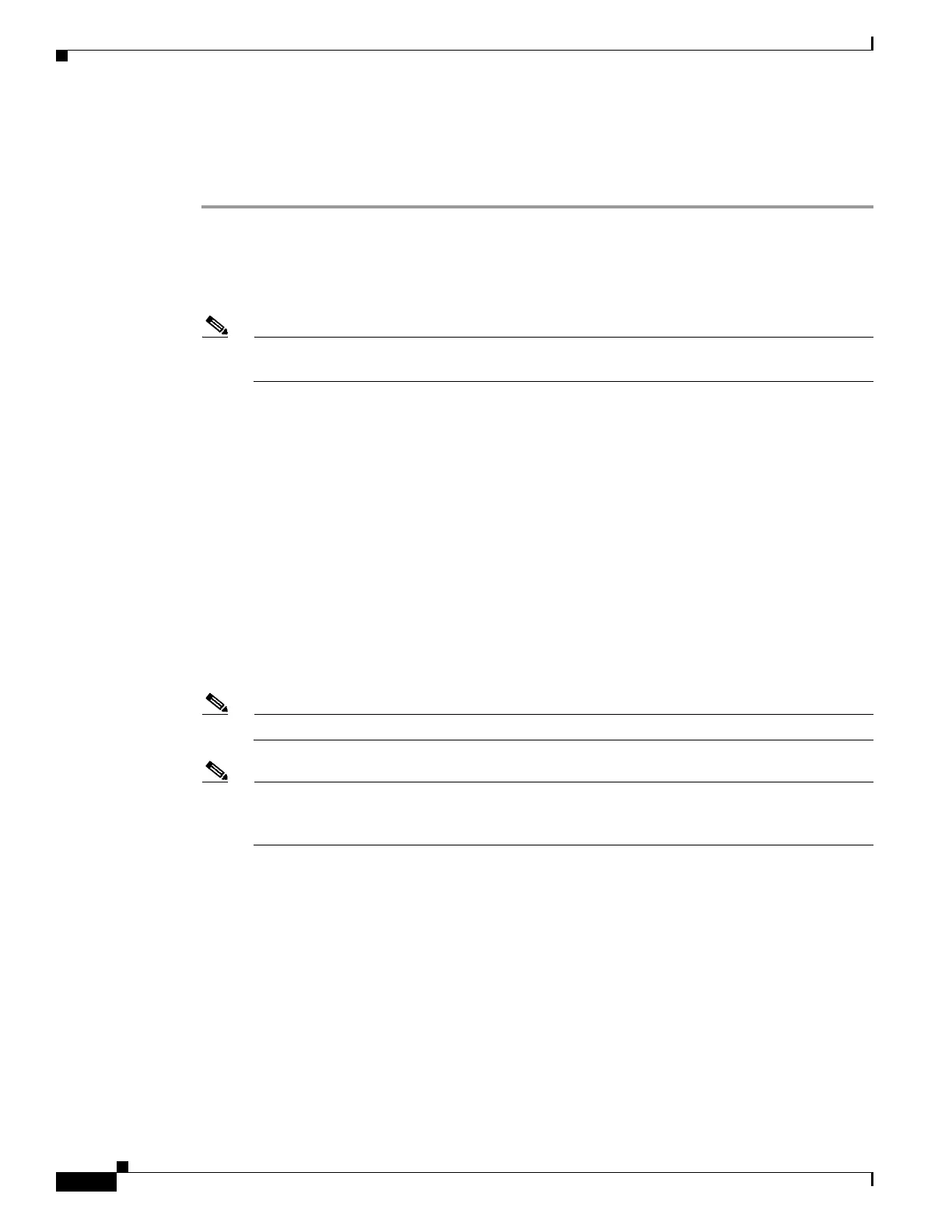